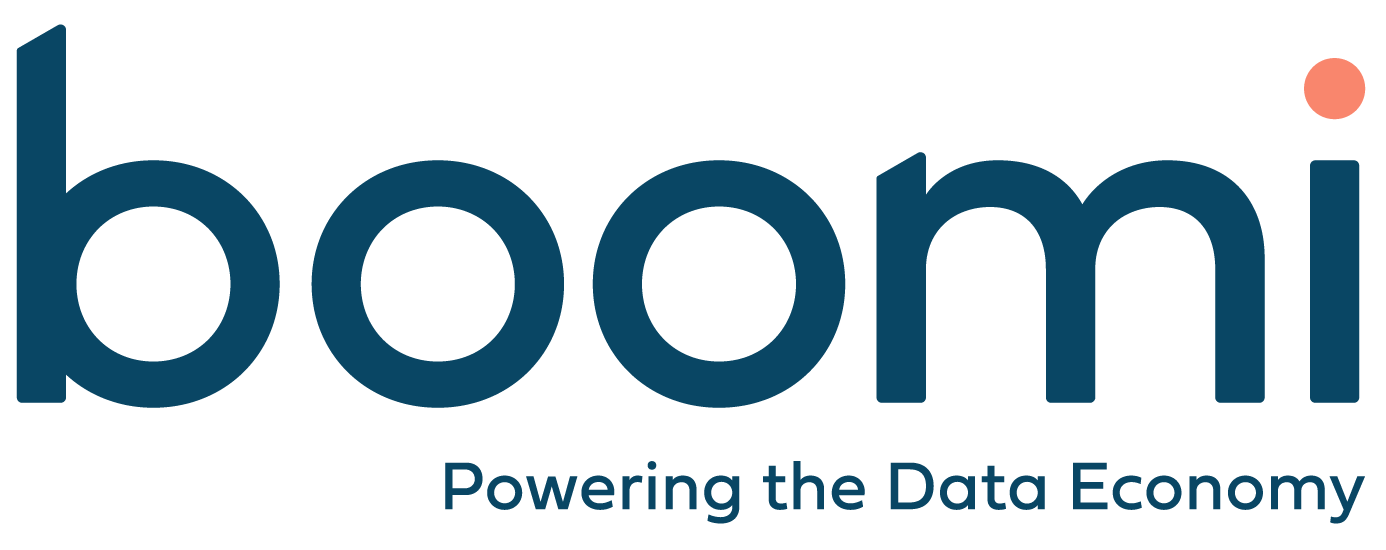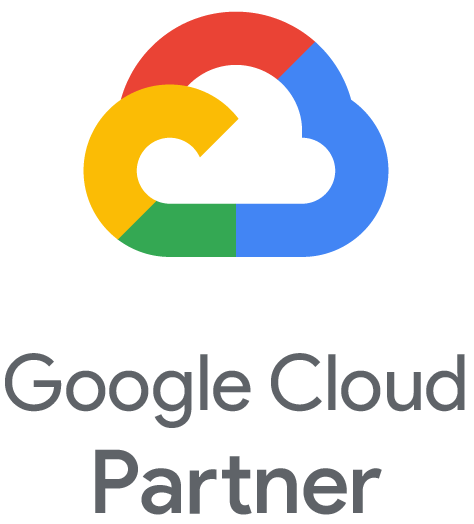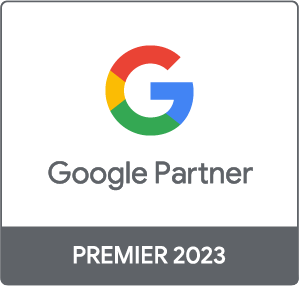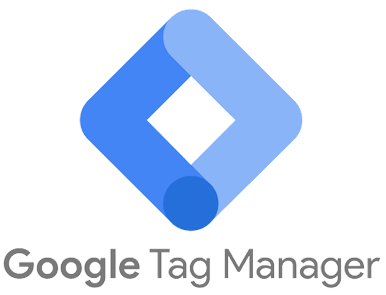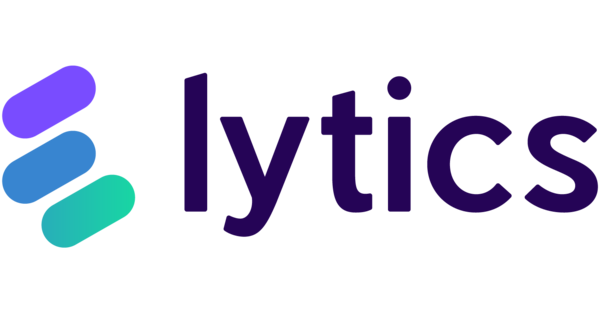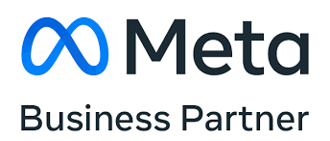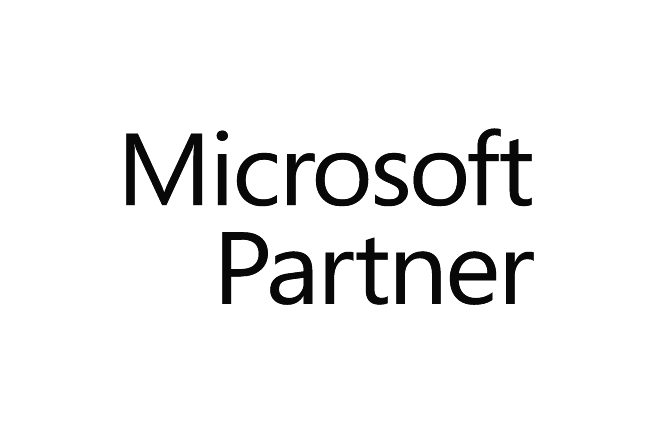All companies running Google Advertising campaigns have had to assess the implementation of Google’s Consent Mode v2 — often viewing it as a simple technical update. However, upgrading tracking to Consent Mode v2 has implications that are far from trivial and that should be considered carefully by every brand.
What has changed?
The system that Google uses to register user consent for cookies and advertising across different digital properties was formerly composed of two types of consent:
- analytics_storage: stores user consent for Digital Analytics cookies
- ad_storage: stores user consent for advertising cookies
Two additional forms of consent are now being introduced:
- ad_user_data: stores consent for transmission of user data to Google for advertising purposes
- ad_personalization: stores user consent for personalized advertising or marketing
As of today, a company that is implementing Consent Mode v2 on its digital properties can update its cookie banner in order to correctly collect each of the four types of consent. Alternatively, and for data collected prior to the implementation of Consent Mode v2, the user’s advertising cookies consent (i.e., ad_storage) is replicated across two new values.
Why Google Introduced Consent Mode v2
Since March 2024, the Digital Marketing Act has been in effect. This regulation requires Gatekeepers like Google to take personal responsibility for the collection and management of user consent. This has led Google to release changes in the form of Consent Mode v2, which makes the collection and management of user consent more precise and manageable.
The Impact on Campaigns
With the release of Consent Mode v2 and users’ increasing online privacy awareness, there will be less and less accurate data available for Google to use when evaluating campaign effectiveness. Less data means less accurate analyses and, therefore, less effective Digital Marketing choices.
It is, consequently, reasonable to expect a decline in results brought forth by Digital Advertising campaigns.
Google’s Solution
If Consent Mode v2 is implemented in advanced mode, users’ browsing activities will still send pings to Google — even if they have not given consent. According to Google, these pings collect data that cannot be traced back to the user but they still allow Google to improve campaign performance analyses by complementing deterministic information with probabilistic assessments. These assessments take numerous factors into account and refine estimates of user behavior and conversion, for both consenting and non-consenting users.
Is this a paradigm shift for Digital Analytics?
While Google has introduced innovations that allow brands to access more accurate campaign effectiveness data, they are also losing access to deterministic data that were previously collected. Therefore, it is no longer possible to distinguish within Google Analytics how many of the conversions are actual or estimated.
We are witnessing a historic change, as Digital Analytics transitions from a primarily deterministic system to a probabilistic system. This means that the system no longer precisely measures visits and conversions but operates on estimates and modeling.
Restoring Brand Data Control
More and more brands are proving to be sensitive to the issue of digital analytics data ownership and processing. While advanced tools like those offered by Google are effective at solving specific issues, digital data must be owned by the brand and governed as consciously and autonomously as possible.
Digital data is essential for assessing the brand’s health from different perspectives and for taking decisions that bring added value. Data storage, processing, retention, and KPI calculation are all central to the brand, and these elements can no longer be delegated to third-party tools that function as black boxes.
In this context, it becomes particularly appealing for brands to store raw Digital Analytics data on their data platforms. Storing raw Digital Analytics data allows brands to enrich the data and interpret it independently, thus limiting the impact of vendors’ choices and allowing them to exercise more control over their monitoring system.
The possibility to activate multiple parallel tracking systems is also proving to be more valuable to companies than it was in the past. These tracking systems allow companies to take advantage of the peculiarities that each system has to offer and to have multiple sources for comparison.
Shaping the Future of Digital Analytics
Developments such as increasing privacy and digital regulations, user awareness, the availability of newly developed data platforms and analysis tools, and new Artificial Intelligence technologies that allow problems to be approached from different angles and resolved with novel solutions, all represent a unique digital landscape.
The changes that are presently occurring will have a substantial impact on Digital Analytics practices in the coming years and the value that companies will be able to derive from them.













